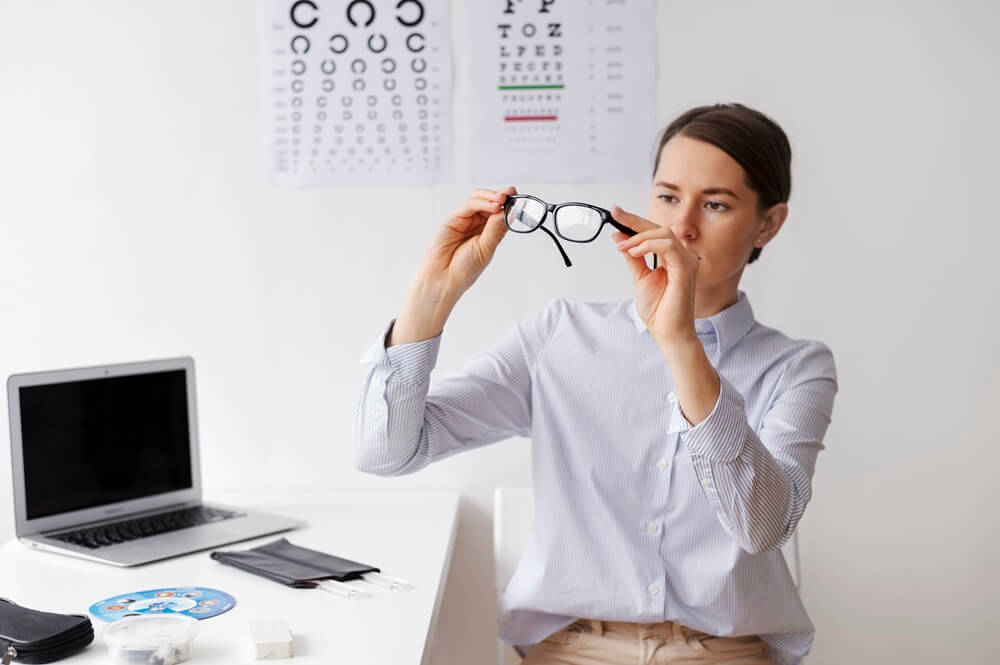
Children’s Eye Health and Safety Month: August 2025
August is the global Children’s Eye Health and Safety Month – a perfect reminder for you to have your children’s eyes checked.
Give your children the best opportunities to develop the best possible vision they can, which is why regular vision checks are of absolute importance.
All children’s eyes are mostly healthy, but you should have them examined during scheduled pediatric visits which should ideally start from the age of three onwards.
Continue reading Children’s Eye Health and Safety Month: August 2025

Dr. Azhar I. Salahuddin is an ophthalmologist and is fellowship-trained in cornea, external diseases, and refractive surgery. Dr. Salahuddin has been performing cataract surgery for over 19 years and specializes ocular reconstruction, corneal transplantation surgery as well as vision correction through a variety of intraocular lenses. Dr. Salahuddin is board-certified by the American Board of Ophthalmology and was trained at Boston University.










